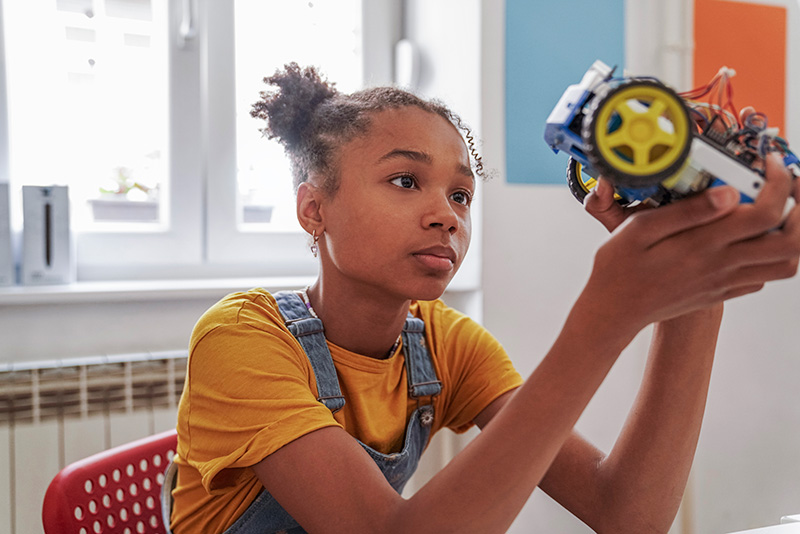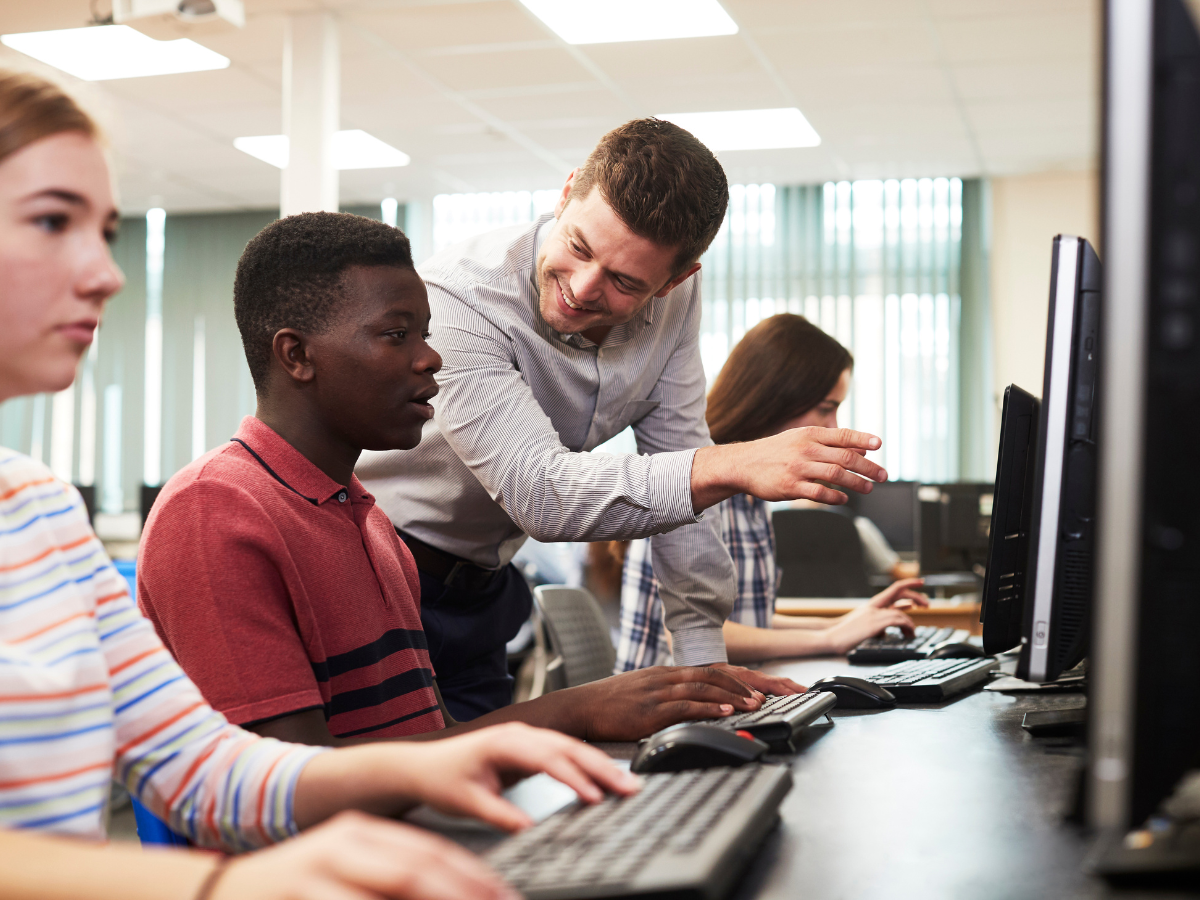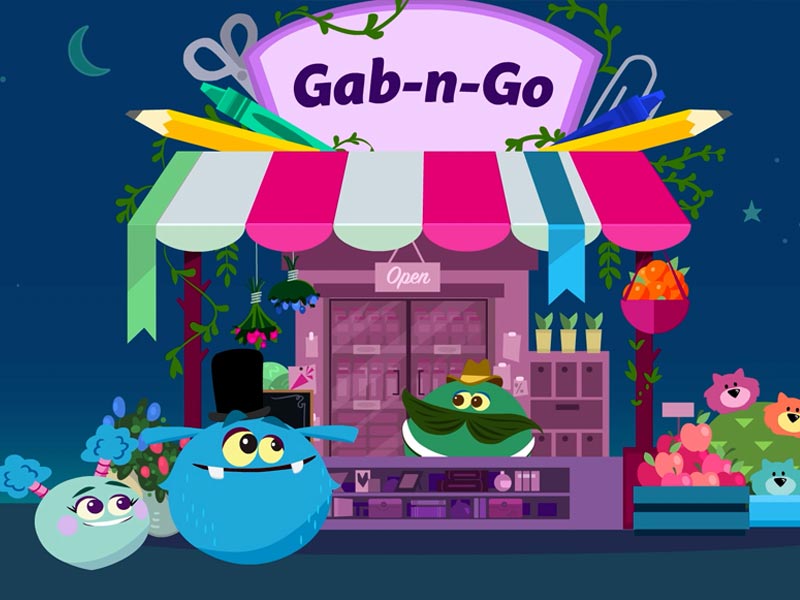Inspiring Breakthroughs Blog
Creating breakthrough moments on each student’s unique learning journey — together.
Featured Blog
Open Any Door with Critical Thinking
Workplaces are changing fast. Jobs with “routine” work have decreased and there’s a much bigger emphasis on soft skills like the 4Cs. In part one of our four-part series, discover how critical thinking unlocks future pathways for students and how STEM in particular fosters it.




